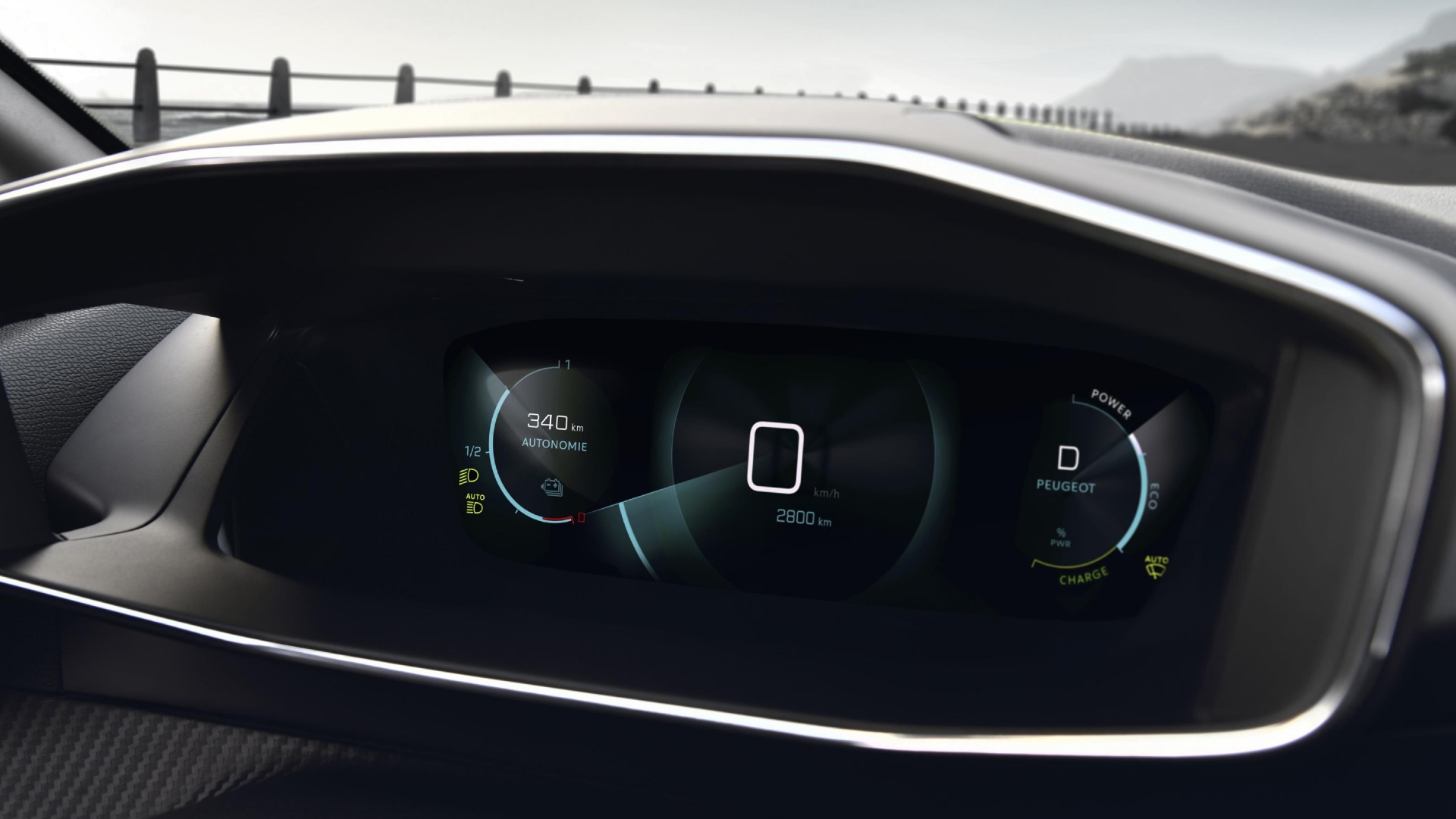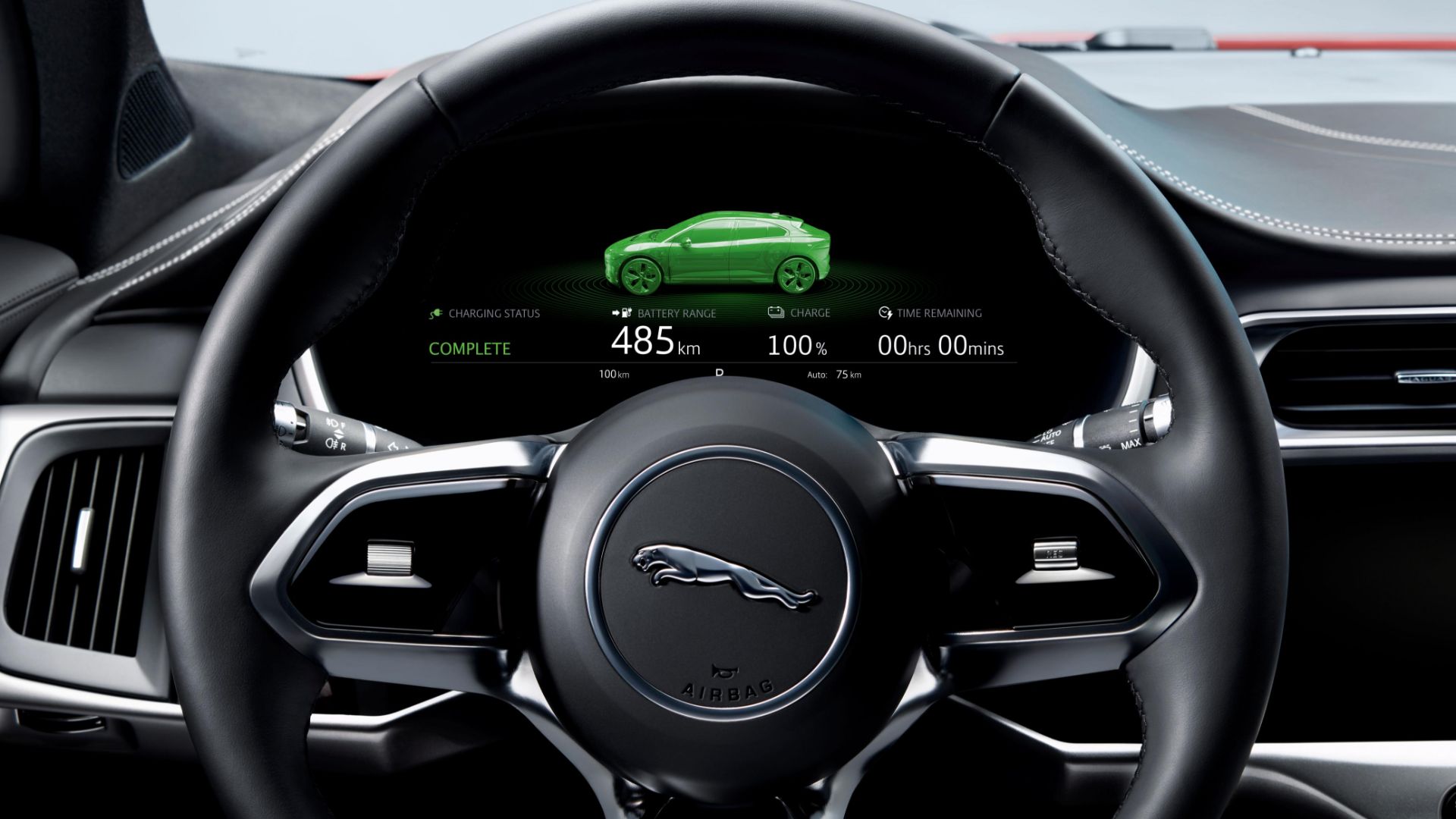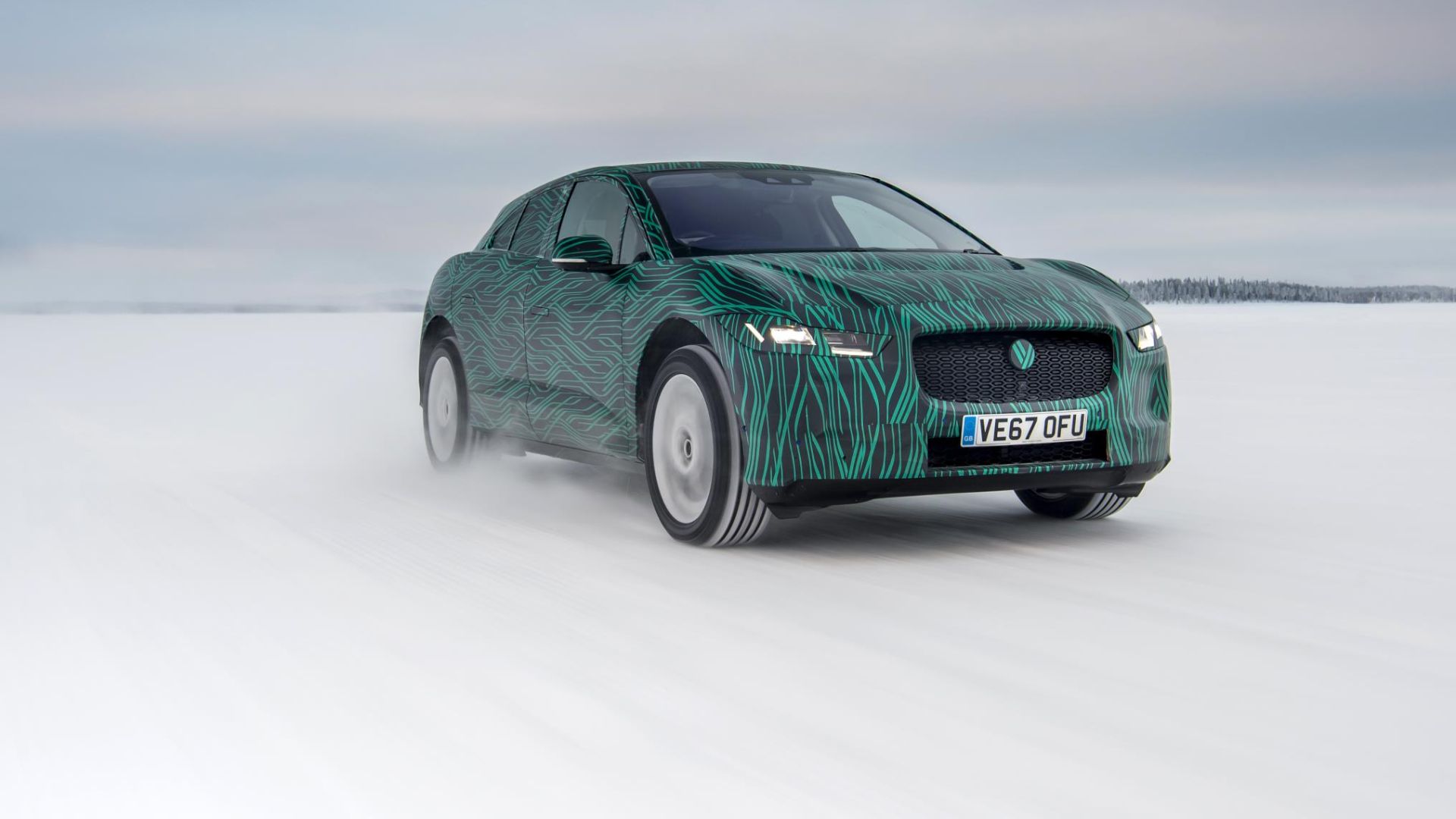 So-called ‘range anxiety’ remains foremost in the minds of many electric car buyers. To help, engineering and testing consultancy Horiba Mira reckons an overhaul of how range is calculated is urgently needed, with more realistic figures the intended goal.
So-called ‘range anxiety’ remains foremost in the minds of many electric car buyers. To help, engineering and testing consultancy Horiba Mira reckons an overhaul of how range is calculated is urgently needed, with more realistic figures the intended goal.
“Increasing the number of people willing to switch to EVs will largely depend on a positive change in customer perceptions; particularly in tackling ‘range anxiety’,” said Ben Gale of Horiba Mira.
“It is therefore imperative that government and EV manufacturers respond accordingly, to accelerate EV adoption.”

A report by the company says conventional ways of testing how far a charged EV will travel need to be reviewed. At the moment, a car that is claimed to have a 300-mile range might manage 250 miles in the ‘real world’.
Horiba Mira considers current testing conditions to be unrealistic. Temperature, driving style, the type of journey and other factors all have a dramatic effect on range. Jaguar has recognised this with its online tool for I-Pace owners, which helps estimate range in varying conditions.

“At present, the use of insufficient range data in real-world conditions is playing a part in fuelling range anxiety, putting many motorists off making the switch to EVs,” Ben added.
“Globally, vehicles are tested at just one temperature – one that is considered the ‘optimum’ for vehicle comfort and lithium-ion batteries – but when you add in air conditioning or heating requirements, additional battery power is required, depleting the published range of an EV at an alarming rate.”